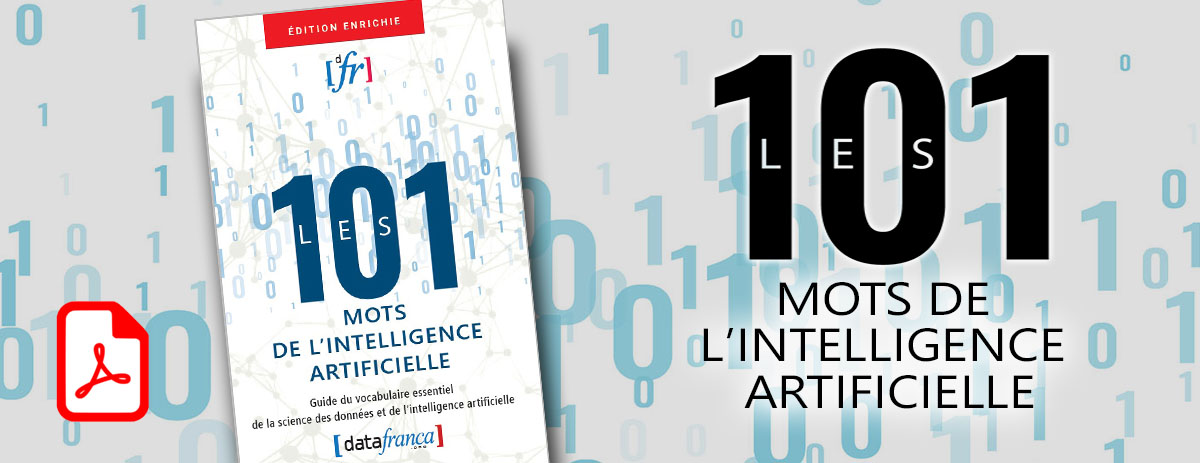« AlexNet » : différence entre les versions
Aucun résumé des modifications |
Aucun résumé des modifications |
||
| Ligne 1 : | Ligne 1 : | ||
== Domaine == | == Domaine == | ||
[[category:Vocabulary]] Vocabulary | [[category:Vocabulary]] Vocabulary<br /> | ||
[[Catégorie:Apprentissage profond]] Apprentissage profond | [[Catégorie:Apprentissage profond]] Apprentissage profond | ||
== Définition == | == Définition == | ||
Version du 18 mars 2018 à 20:25
Domaine
Vocabulary
Apprentissage profond
Définition
Termes privilégiés
Anglais
Alexnet
Alexnet is the name of the Convolutional Neural Network architecture that won the ILSVRC 2012 competition by a large margin and was responsible for a resurgence of interest in CNNs for Image Recognition. It consists of five convolutional layers, some of which are followed by max-pooling layers, and three fully-connected layers with a final 1000-way softmax. Alexnet was introduced in ImageNet Classification with Deep Convolutional Neural Networks. Autoencoder
An Autoencoder is a Neural Network model whose goal is to predict the input itself, typically through a “bottleneck” somewhere in the network. By introducing a bottleneck, we force the network to learn a lower-dimensional representation of the input, effectively compressing the input into a good representation. Autoencoders are related to PCA and other dimensionality reduction techniques, but can learn more complex mappings due to their nonlinear nature. A wide range of autoencoder architectures exist, including Denoising Autoencoders, Variational Autoencoders, or Sequence Autoencoders.
Contributeurs: Claire Gorjux, Claude Coulombe, Jacques Barolet, wiki










